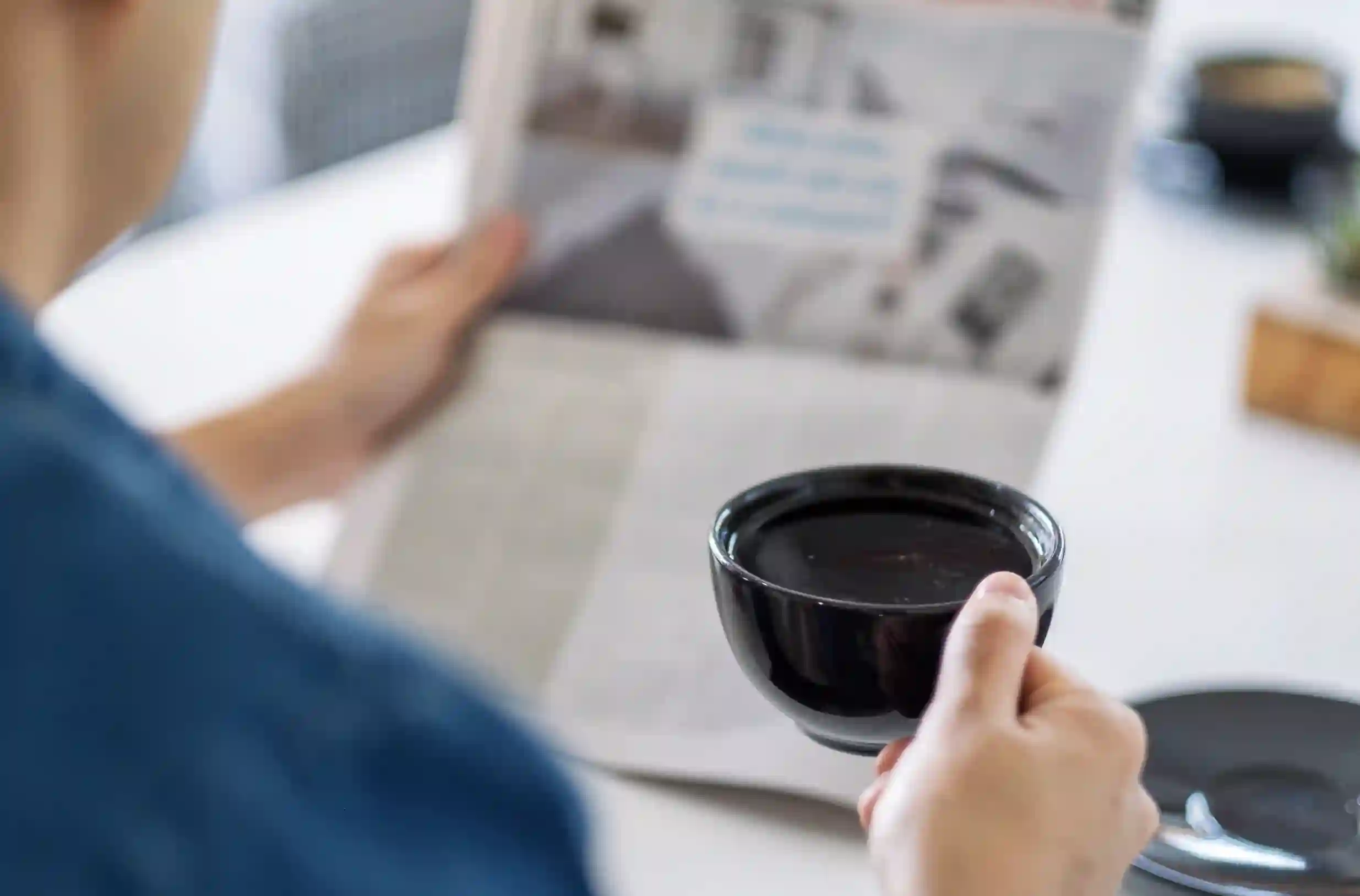Are you looking to enhance your outdoor space and give it a fresh new style? Decorative gravel represents an excellent solution for transforming your garden. This natural covering combines aesthetics and practicality, whether for creating a pathway, dressing up a flower bed, or designing a terrace. Available in numerous colors and shapes, it adapts to all landscaping styles. Discover how to select and use this versatile material to create a garden that reflects your taste, while benefiting from a durable and easy-to-maintain solution.
How to Choose Decorative Gravel for Your Garden?
Choosing decorative gravel primarily depends on three criteria: particle size, desired style, and intended function. To transform your outdoor space, you must first define the intended use of your landscaping project.
Particle size determines the final appearance and stability of your project. Fine gravel is perfectly suited for plant beds, while larger sizes are better adapted to pathways and high-traffic areas.
Your garden’s style also influences your selection. A modern garden will favor neutral tones like white or gray, while Mediterranean landscaping pairs better with warm, natural tones.
Different Types of Decorative Gravel
Shapes of Garden Stones
Decorative pebbles feature rounded, smooth shapes resulting from natural erosion. These elements bring a sense of tranquility and integrate harmoniously into zen or contemporary gardens.
Crushed gravel offers sharp angles and better ground grip. This characteristic makes them particularly suitable for pedestrian and drivable pathways, where stability remains paramount.
Rolled gravel constitutes an interesting compromise between these two options. Their slightly polished shape retains some roughness, ensuring both aesthetics and practicality.
Garden Gravel Materials
Pouzzolana, this volcanic rock with red and black hues, brings a unique character to your green spaces. Its natural porosity promotes drainage and moisture retention around plantings.
Slate comes in gray and blue shades, creating striking contrasts with vegetation. This noble material perfectly withstands weather conditions and retains its brilliance throughout the seasons.
White marble enhances plantings by creating a luminous setting. We recommend using white pebbles to highlight flower beds and bring modernity to outdoor spaces.
River pebbles, with their naturally polished shapes, harmonize with all landscaping styles. Their natural color palette ranges from beige to anthracite gray.
Advantages of Decorative Gravel
Aesthetic and Natural
Decorative gravel offers a wide palette of colors: pink, white, gray, black, or blue. This diversity allows for creating personalized compositions that perfectly match your home’s architecture.
Well-chosen gravel can completely transform the appearance of an outdoor space. It brings a touch of authenticity while modernizing the overall landscape design.
The texture and light effects created by different sizes add depth to your spaces. This tactile dimension enriches the sensory experience of your garden.
Resistance and Durability
Gravel’s strength directly depends on its particle size: the higher it is, the more the material resists wear and repeated traffic. This characteristic makes it a durable investment for your outdoor projects.
Unlike synthetic coverings, gravel maintains its aesthetic and functional properties for many years. It fears neither temperature variations nor UV rays.
Its natural resistance to weather eliminates problems of discoloration or premature degradation. This longevity represents a considerable economic advantage in the long term.
Landscaping Your Garden with Decorative Gravel
Practical Applications for Decorative Gravel
The applications of decorative gravel prove particularly varied. Pedestrian pathways benefit from the natural appearance and permeability of this material, avoiding runoff problems.
For parking areas, crushed gravel is recommended due to its better grip and resistance to vehicle weight. This solution remains more economical than concrete paving.
Plant beds benefit from gravel’s drainage function, which protects roots from excess moisture. This decorative use also highlights plants by creating a contrast of textures.
Tips for Successful Landscaping
For successful landscaping, we recommend following a methodical approach. Surface preparation constitutes the fundamental step that guarantees your project’s longevity.
- Prepare the surface by excavating 5 to 10 cm depending on the intended use
- Precisely mark planting locations before installation
- Install a geotextile fabric to limit weed growth
- Spread gravel in a 3 to 5 cm layer for optimal rendering
- Rake regularly to maintain a uniform surface
Dosage remains crucial for achieving the desired decorative effect. A layer that’s too thin will reveal the soil, while excessive thickness will complicate circulation and maintenance.
Optimizing Your Decorative Gravel Maintenance
Decorative gravel maintenance proves remarkably simple. Occasional raking suffices to maintain the aesthetic appearance and evenly redistribute elements displaced by wind or rain.
Weeding remains minimal thanks to the geotextile fabric installed during installation. The few weeds that might appear are easily eliminated by manual removal or selective herbicide.
Partial renewal may prove necessary after several years, mainly in high-traffic areas. This operation represents a minimal cost compared to renovating other types of coverings.
The appearance is simply refreshed with clear water cleaning during dry periods. This preventive maintenance preserves color brilliance and eliminates dust deposits.
Why Choose a Decorative Gravel Covering?
Local Sourcing and Environmental Impact
Local sourcing in gravel extraction significantly reduces the carbon footprint of your landscaping projects. This local approach favors regional businesses while limiting long-distance transportation.
Local extraction also guarantees better adaptation of the material to your region’s climate and environment. This geological coherence reinforces the natural aspect of your landscaping.
Gravel’s permeability contributes to sustainable stormwater management. This characteristic limits runoff and promotes groundwater recharge, unlike impermeable coverings.
An Economical and Competitive Choice
Using decorative gravel proves economical and competitive, as it often comes from local extractions and therefore generates fewer transportation costs. This geographical proximity directly impacts the final price.
Product samples include big bags and sacks of various gravel types, allowing you to choose packaging adapted to your project’s scale. This flexibility avoids waste and optimizes your budget.
Installation ease considerably reduces labor costs. A homeowner can complete most landscaping projects themselves, limiting expenses to material purchase and basic tool rental.
In the long term, maintenance savings largely offset the initial investment. The absence of specific treatments and the material’s natural durability make it a particularly cost-effective solution.
FAQ
What is the price of a ton of decorative gravel?
The price of a ton of decorative gravel depends on several factors, including the type of gravel, its particle size, and suppliers. Generally, prices range between 30 and 150 euros per ton.
How much decorative gravel per m2?
The quantity of decorative gravel per m2 varies depending on the applied layer thickness. As a general rule, for a 5 cm thick gravel layer, approximately 80 to 100 kg of gravel per m2 is needed.
What surface area with 25 kg of gravel?
The surface area that can be covered with 25 kg of gravel depends on the desired thickness. For a 3 cm thick layer, 25 kg of gravel can cover approximately 1.5 to 2 m2.
Where can I buy bulk decorative gravel?
You can buy bulk decorative gravel at garden centers, hardware stores, local quarries, or specialized building material suppliers. Also check delivery options with these suppliers.
How to use decorative gravel in a garden?
To use decorative gravel in a garden, delimit the area, optionally lay a geotextile to prevent weed growth, then spread the gravel in a uniform layer. This creates a beautiful aesthetic while facilitating maintenance.
What types of gravel are used as decorative elements?
Types of gravel used as decorative elements include sandstone, quartz, marble, and granite. Each type of gravel varies in color, shape, and particle size, thus allowing you to customize your landscaping according to your desired style.
Should you put geotextile fabric under decorative gravel?
It is recommended to put geotextile fabric under decorative gravel to limit weed growth, facilitate maintenance, and maintain gravel quality long-term by preventing it from penetrating into the soil.

John is a curious mind who loves to write about diverse topics. Passionate about sharing his thoughts and perspectives, he enjoys sparking conversations and encouraging discovery. For him, every subject is an invitation to discuss and learn.




